By Susan Zimmerman April 18, 1942, will forever live in American military glory as the date of the Jimmy Doolittle Raid on Tokyo––a gutsy, neverbeforeattempted combat mission to fly North American B25 Mitchell bombers off the deck of an aircraft carrier and attack an enemy capital Although the damage from the bombing of Japanese targets was a blip on the screen compared to theIn April 1942, B25 bombers took off from the USS Hornet for a dangerous bombing run over mainland Japan in this clip from Season 1, "Call to Duty" #Battle3The Doolittle Raid, also known as the Tokyo Raid, was an air raid on 18 April 1942 by the United States on the Japanese capital Tokyo and other places on Honshu during World War II It was the first air operation to strike the Japanese archipelago
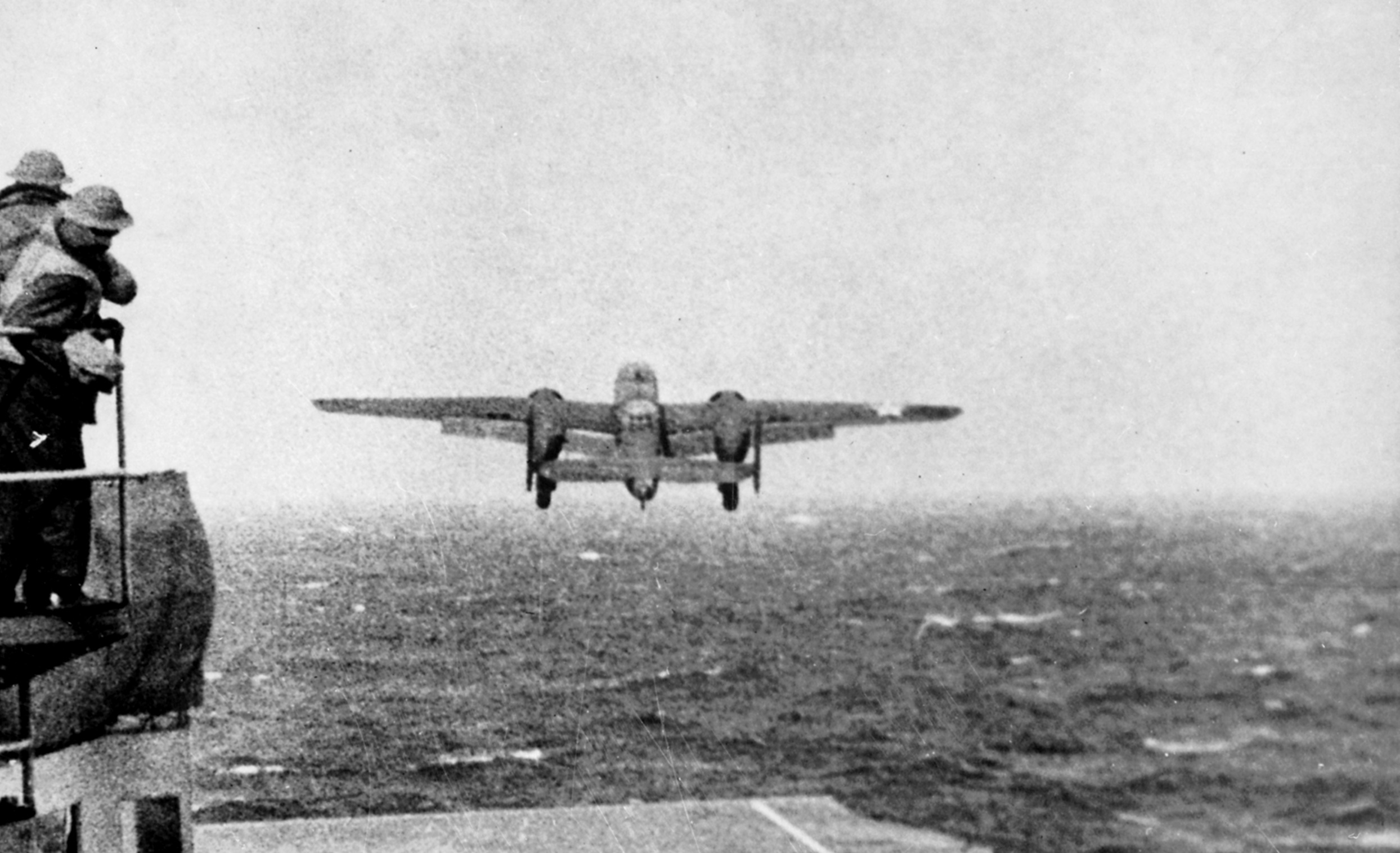
Just 30 Seconds Over Tokyo How The Doolittle Raid Doomed The Japanese Empire The National Interest
Air raid tokio 1942
Air raid tokio 1942-Tokyo's airraid sirens didn't even blare until after the attack was over Bombs fell on ten targets By the standards of the thousandbomber raids over Germany, the later fire raids on Tokyo, andA little after noon on April 18, 1942, LTCOL Jimmy Doolittle cranked the doors on his B25's bomb bay open and triggered his four 500 pound bombs away, diplomatic medals still attached, directly into the heart of Tokyo's factory sector The other Raiders did the same over their targets in Japan's other major cities and ports



The Doolittle Raid America S Daring First Strike Against Japan Glines Carroll V Amazon Com Books
On May 23 and 25, there were two more raids against Tokyo to implement his bombing of Tokyo, destroying 53 and then 168 square miles On May 29, it was 69 square miles of Yokohama, and on June 1, Osaka lost 31 miles of its industrial base On June 5, 43 square miles of Kobe went up in flamesThe Doolittle Raid on Tokyo was a dangerous mission They left knowing that they would not have enough fuel to get back to the USS Hornet and, in fact, would have to land somewhere in China with the hopes that the Chinese would get them back to safety In order to carry as much fuel as possible, the Doolittle Raiders removed the tail gun fromDirected by Mervyn LeRoy With Spencer Tracy, Van Johnson, Robert Walker, Tim Murdock In the wake of Pearl Harbor, a young lieutenant leaves his expectant wife to volunteer for a secret bombing mission which will take the war to the Japanese homeland
Doolittle leads air raid on Tokyo On April 18, 1942, 16 American B25 bombers, launched from the aircraft carrier USS Hornet 650 miles east of Japan and commanded by Lieutenant Colonel James HVideo by Penfield TV As part of the recognition of the 70th Anniversary of this Raid, Jack Kowiak presents a recap of the more struggling reality to what tDoolittle Raid, (18 April 1942), a surprise attack on Tokyo, Japan, by US bombers during World War II Little damage resulted, but the raid was a boost to American morale at a low point in the war The affront of the raid to Japanese national pride motivated Japan's leaders to pursue offensive plans with fresh urgency
Directed by Delmer Daves With Cary Grant, John Garfield, Alan Hale, John Ridgely In order to provide information for the first air raid over Tokyo, a US submarine sneaks into Tokyo Bay and places a spy team ashoreThe first raid on Tokyo was the Doolittle Raid of 18 April 1942, when sixteen B25 Mitchells were launched from USS Hornet to attack targets including Yokohama and Tokyo and then fly on to airfields in China The raid was retaliation against the Japanese attack on Pearl HarborThe raid did little damage to Japan's war capability but was a significant propaganda victory for the United StatesOn 18 April 1942, airmen of the US Army Air Forces, led by Lt Col James H (Jimmy) Doolittle, carried the Battle of the Pacific to the heart of the Japanese empire with a surprising and daring raid on military targets at Tokyo, Yokohama, Yokosuka, Nagoya, and Kobe



The Oregonians Who Flew With The Doolittle Raid On Tokyo Offbeat Oregon History Orhistory



Raid On Tokyo Raid On Tokyo Part 1 Doujin Suruga Ya Com
The Doolittle Raid on Tokyo was a dangerous mission They left knowing that they would not have enough fuel to get back to the USS Hornet and, in fact, would have to land somewhere in China with the hopes that the Chinese would get them back to safety In order to carry as much fuel as possible, the Doolittle Raiders removed the tail gun fromThe raid on Tokyo on April 18, 1942, certainly provided that – cheering the American military and public Yet, the Doolittle Raid meant so much more, proving to the Japanese high command that their home islands were not invulnerable to American attacks and causing them to shift vital resources to their defenseThe raid destroyed 112 buildings and damaged another 53 In addition to some homes and schools, the raiders destroyed a transformer station in Tokyo, crucial for Japan's communications, as well as dozens of factories They also hit a Japanese army hospital Gen Hideki Tōjō himself could see the face of one of the bombers
/https://public-media.si-cdn.com/filer/75/5a/755a89b5-41cf-4b89-b307-0869fecc15c2/b25formation.jpg)


B 25s Fly A Raid On Tokyo Military Aviation Air Space Magazine



Firestorm Hell A Gunner Describes The Superfortress Raid On Tokyo The National Interest
On March 10, 1945, the US carried out the first of the terrible and terrifying firebombing raids over Tokyo with 300 aircraft That would equal nearly 11,100 of the containers and an astoundingDirected by Delmer Daves With Cary Grant, John Garfield, Alan Hale, John Ridgely In order to provide information for the first air raid over Tokyo, a US submarine sneaks into Tokyo Bay and places a spy team ashoreThe famed "Doolittle Raid" by 16 mediumsized aircraft under Lieutenant Colonel James "Jimmy" Doolittle had bombed Tokyo on April 18, 1942 Although the raid did little to cripple Japan's warmaking powers, it was a major boost to American morale after the shock and devastation of the Pearl Harbor attack and brought the war home to the Japanese, proving that their home islands would not be immune to enemy bombers



Center Preserves Wartime Memory Of The Great Tokyo Air Raid Pacific Stripes
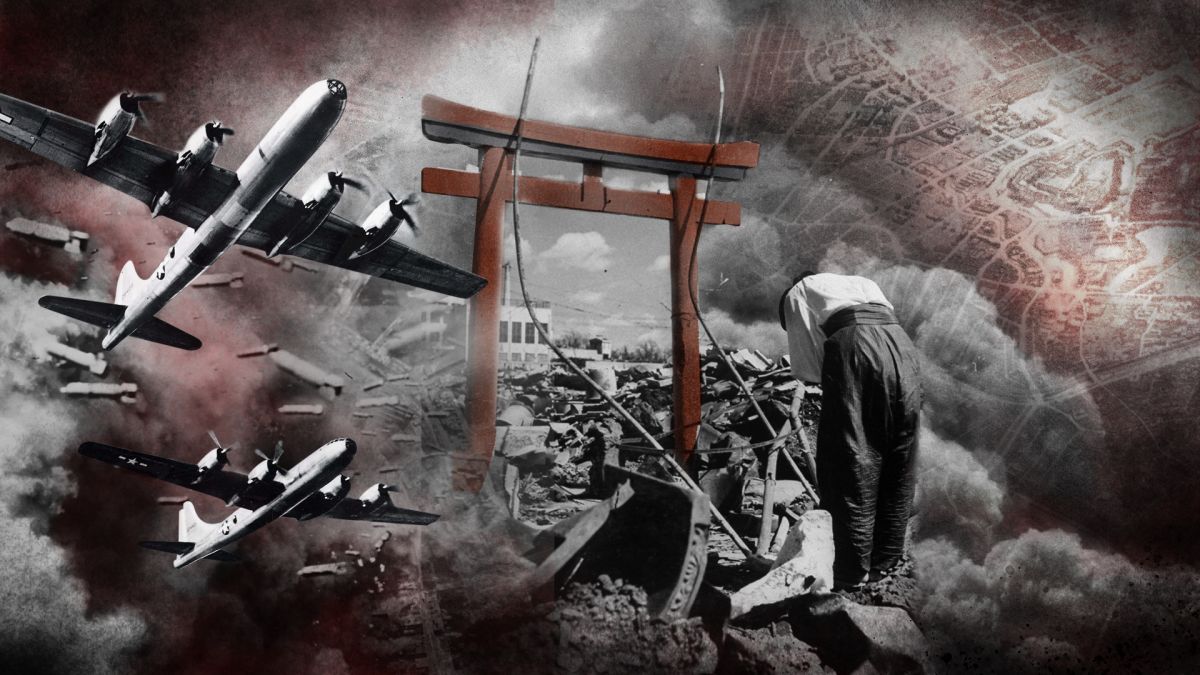


History S Deadliest Air Raid Happened In Tokyo During World War Ii And You Ve Probably Never Heard Of It Cnn
The famed "Doolittle Raid" by 16 mediumsized aircraft under Lieutenant Colonel James "Jimmy" Doolittle had bombed Tokyo on April 18, 1942 Although the raid did little to cripple Japan's warmaking powers, it was a major boost to American morale after the shock and devastation of the Pearl Harbor attack and brought the war home toThe aircraft carrier Hornet had 16 AAF B25s on deck, ready for the Tokyo Raid We had won the military campaign against the Imperial Japanese It had been a long and bloody and costly effort We could have been considered justified by the world if we had taken a severe and vicious revenge on the Japanese for what they had done to so manyDoolittle`s Raid on Tokyo The increasingly powerful advances of the Japanese during the months following the Pearl Harbor Attack were reason for serious concern to the United States government The morale of the American people and armed services was low — the US needed a victory, and soon



Executions Of Three Of The Jimmy Doolittle Raid Over Tokyo Rarenewspapers Com


Doolittle Raid On Japan 1942
Mansell April 21, The movie Pearl Harbor ends with America's first strike against Japan the Doolittle Bombing Raid on Tokyo Eight (8) American's were captured and imprisoned by the Japanese, off these only four (4) or 50% would survive that imprisonment and return to their families in America at the end of the warA top US Embassy official in Japan has sent an eulogy to a Japanese activist trying to keep alive the memories of victims of US air raids on Tokyo more than seven decades agoTOKYO – On a clear night in March 1945, more than 300 US B29 bombers launched one of the most devastating air raids in history By dawn, more than 100,000 people were dead, a million were homeless, and 40 square kilometers of Tokyo were burned to the ground



Doolittle Raid On Tokyo B 25 Leaves Uss Hornet Stretched Canvas Print Wall Art Walmart Com Walmart Com
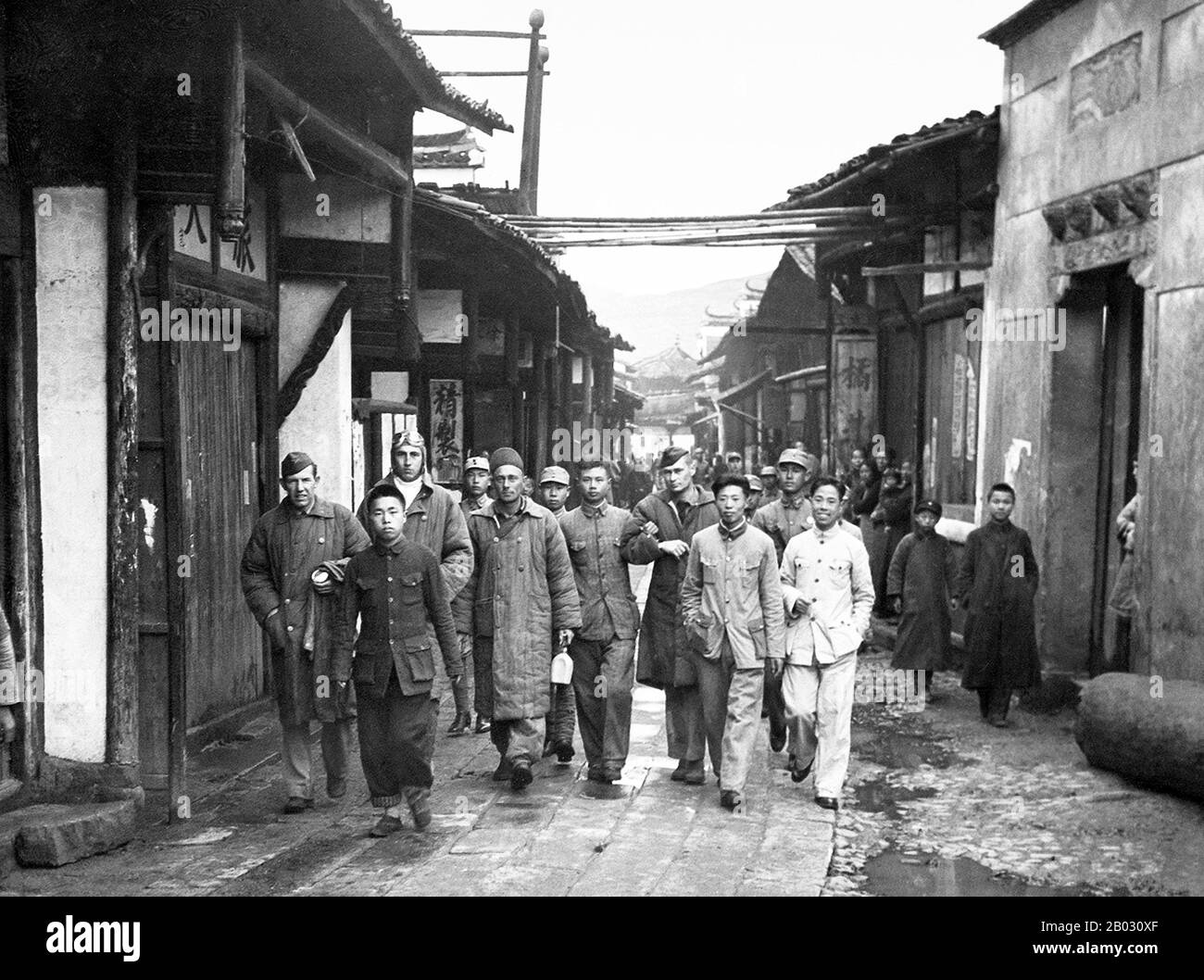


The Doolittle Raid Also Known As The Tokyo Raid On 18 April 1942 Was An Air Raid By The United States On The Japanese Capital Tokyo And Other Places On Honshu Island
Mansell April 21, The movie Pearl Harbor ends with America's first strike against Japan the Doolittle Bombing Raid on Tokyo Eight (8) American's were captured and imprisoned by the Japanese, off these only four (4) or 50% would survive that imprisonment and return to their families in America at the end of the war On April 18, 1942, 16 B25 bombers took off from the USS HORNET, the first fully loaded bombers ever to take off from an aircraft carrierThe raid became the focus of several books and films including the Oscarwinning wartime drama Thirty Seconds Over Tokyo (1944) The carrier USS ShangriLa , commissioned in the last year of the war, was named in reference to President Roosevelt's famous quip to a reporter's question about where exactly where the Doolittle Raiders had takenThe Doolittle Raid, also known as the Tokyo Raid, on 18 April 1942, was an air raid by the United States on the Japanese capital Tokyo and other places on Honshu island during World War II, the first air raid to strike the Japanese Home Islands
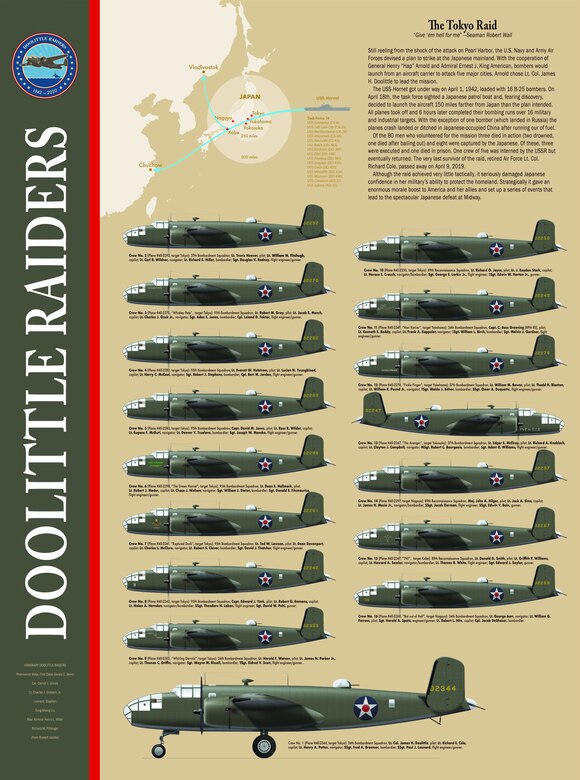


The Doolittle Raid Air Education And Training Command News
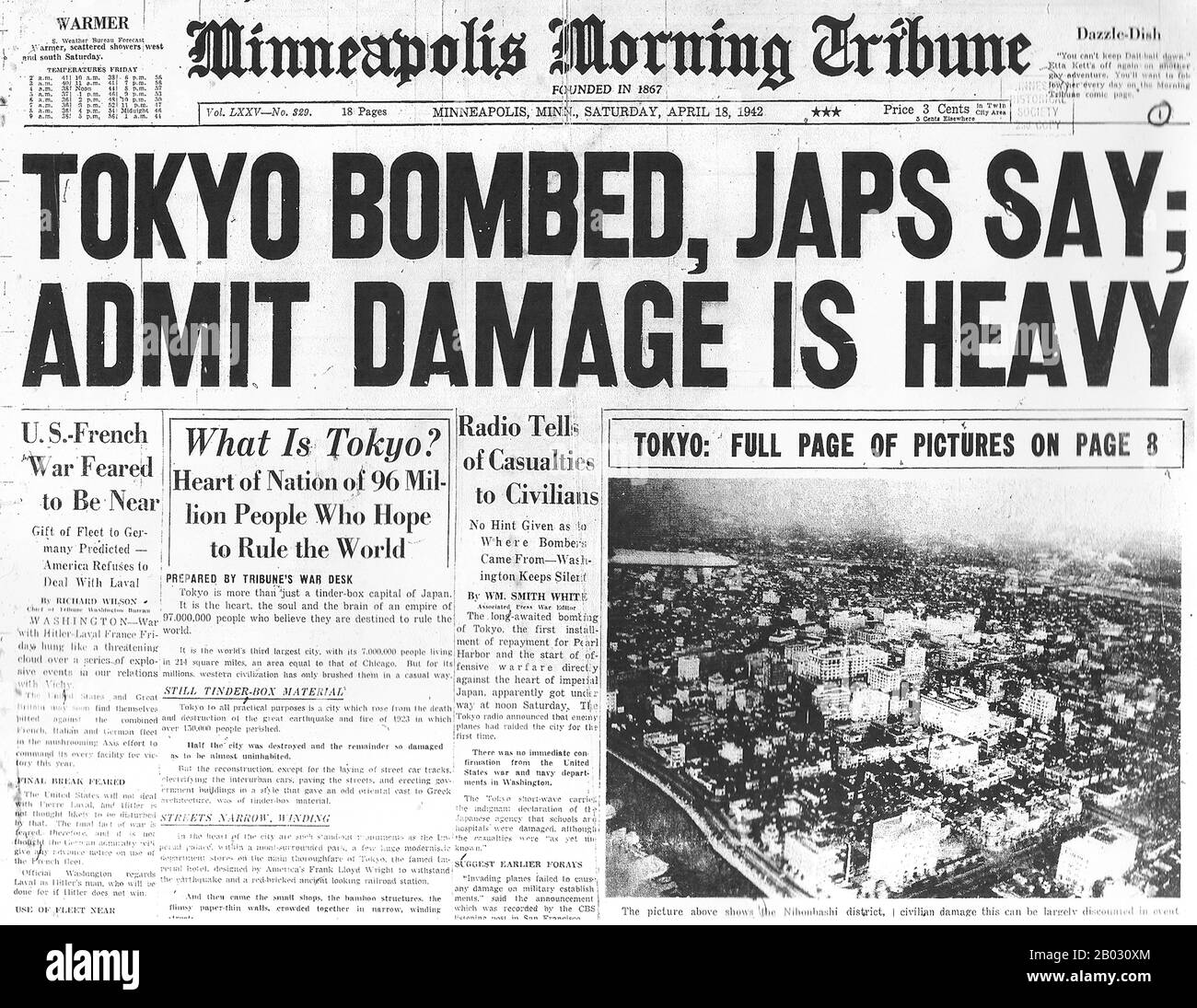


The Doolittle Raid Also Known As The Tokyo Raid On 18 April 1942 Was An Air Raid By The United States On The Japanese Capital Tokyo And Other Places On Honshu Island
On the night of March 9, 1945, US warplanes launch a new bombing offensive against Japan, dropping 2,000 tons of incendiary bombs on Tokyo over the course ofKatsumoto Saotome, the founder of the Tokyo Air Raids Center, had pushed for there to be a governmentfunded state museum dedicated to the raids Hopes for this were dashed in 10, when Tokyo'sThe raid on Tokyo on April 18, 1942, certainly provided that � cheering the American military and public Yet, the Doolittle Raid meant so much more, proving to the Japanese high command that their home islands were not invulnerable to American attacks and causing them to shift vital resources to their defense



Firebombing Of Tokyo Famous Photo On This Day



Thirty Seconds Over Tokyo 12 Amazing Facts About Ww2 S Doolittle Raid Militaryhistorynow Com
Once inland, the aircraft made for Tokyo, Yokohama, Kobe and Nagoya where they delivered 16 tons of bombs on an assortment of industrial and military targets before flying 1,000 more miles to China Despite inflicting only light damage, the raid electrified an American public still reeling from the attack on Pearl HarborThe aircraft carrier Hornet had 16 AAF B25s on deck, ready for the Tokyo Raid We had won the military campaign against the Imperial Japanese It had been a long and bloody and costly effort We could have been considered justified by the world if we had taken a severe and vicious revenge on the Japanese for what they had done to so manyWhile the March 910, 1945, bombing of Tokyo was the deadliest raid of the war, for sheer totality of destruction it was eclipsed by the August 1, 1945, firebomb raid on Toyama



Doolittle Raid Over Tokyo Newsreel Youtube



Destination Tokyo By Anthony Saunders Signed By A Doolittle Raid Veteran Ebay
At midday on April 18, 1942, 16 US Army bombers, under the command of daredevil pilot Lt Col Jimmy Doolittle, thundered into the skies over Tokyo and other key Japanese industrial cities in aOn May 23 and 25, there were two more raids against Tokyo to implement his bombing of Tokyo, destroying 53 and then 168 square miles On May 29, it was 69 square miles of Yokohama, and on June 1, Osaka lost 31 miles of its industrial base On June 5, 43 square miles of Kobe went up in flamesAn Army Air Force B25B bomber takes off from Hornet at the start of the raid, 18 April 1942 Conceived in January 1942 in the wake of the devastating Japanese surprise attack on Pearl Harbor, the
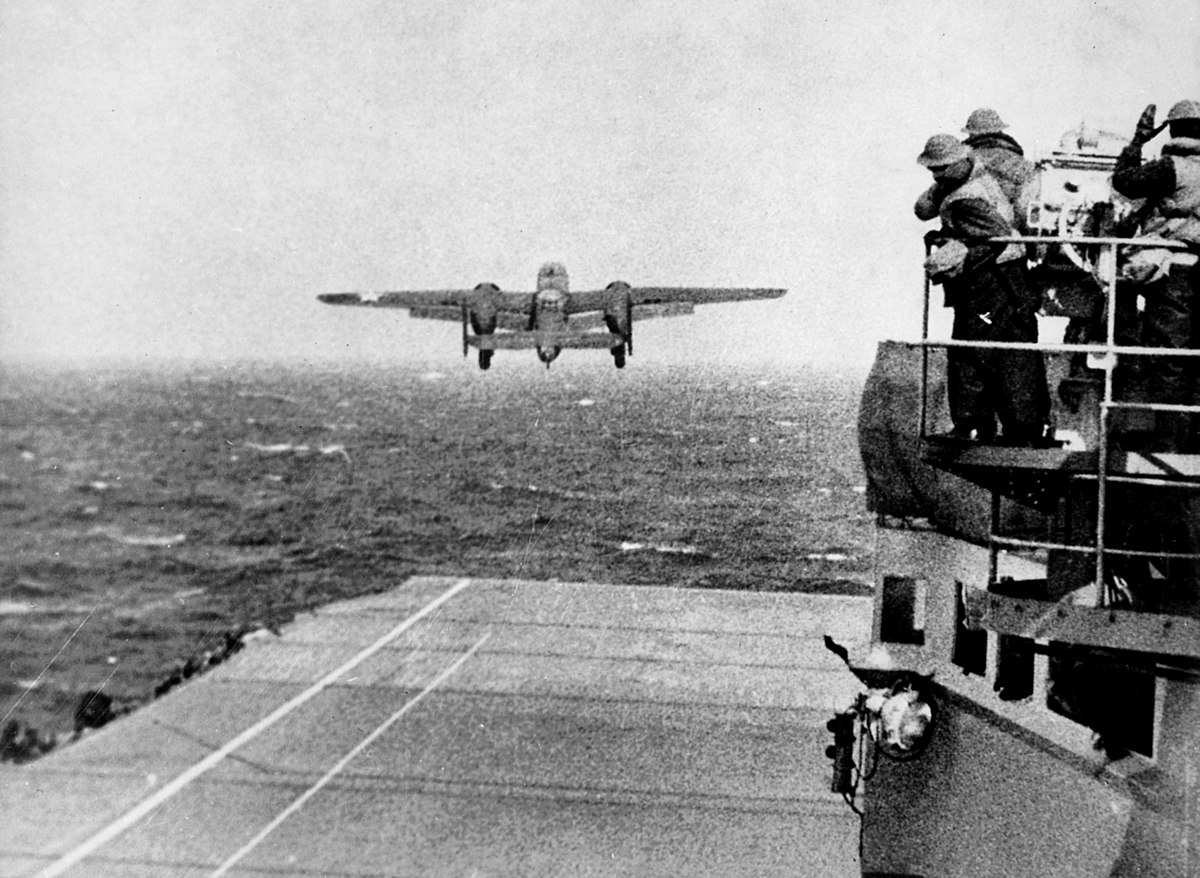


Doolittle Raid Wikipedia



The Doolittle Raid The History And Legacy Of The First American Attack On Tokyo During World War Ii Charles River Editors Amazon Com Books
Part of the raid involved the 315 Bombardment Wing flying 3,800 miles to destroy the Nippon Oil Company refinery, the longest bombing raid of the war Robert F Griffin of the 331st Bomb Group, part of the 315 Bombardment Wing, was the bombardier on a B29 flying from GuamThe "Tokyo Raiders", as the bombers were called, made their way to Japan and successfully bombed multiple military and industrial targets Doolittle's Raid was publicized all over the United States Although it was a small victory, the raid increased American morale after enduring the losses of Pearl HarborBefore World War II, Jimmy Doolittle was already a worldfamous aviator, but it was his daring raid on Tokyo following the attack on Pearl Harbor that cemented his place in history HultonDeutsch/Getty Images American pilot James H Doolittle, after completing the first Santiago to La Paz, Bolivia flight, a distance of 18,000 miles crossing



Just 30 Seconds Over Tokyo How The Doolittle Raid Doomed The Japanese Empire The National Interest


Pacific Aviation Museum Pearl Harbor Commemorates The 75th Anniversary Of The Doolittle Raid On Tokyo
In April, after a series of stinging setbacks in the Pacific—the surrender of Wake Island, defeat in the battle of the Java Sea, withdrawal from the Philippines—Lieutenant Colonel Jimmy Doolittle led 16 B25s off the USS Hornet on a bombing raid to Tokyo and four other cities The raid was American improvisation at its finest—the B25By Susan Zimmerman April 18, 1942, will forever live in American military glory as the date of the Jimmy Doolittle Raid on Tokyo––a gutsy, neverbeforeattempted combat mission to fly North American B25 Mitchell bombers off the deck of an aircraft carrier and attack an enemy capital Although the damage from the bombing of Japanese targets was a blip on the screen compared to theThe raid on Tokyo on April 18, 1942, certainly provided that – cheering the American military and public Yet, the Doolittle Raid meant so much more, proving to the Japanese high command that their home islands were not invulnerable to American attacks and causing them to shift vital resources to their defense



Torch To The Enemy The Fire Raid On Tokyo The Bantam War Book Series Caidin Martin Amazon Com Books


Doolittle Raiders Interesting Facts About The Doolittle Raiders
A top US Embassy official in Japan has sent an eulogy to a Japanese activist trying to keep alive the memories of victims of US air raids on Tokyo more than seven decades agoTokyo's airraid sirens didn't even blare until after the attack was over Bombs fell on ten targets By the standards of the thousandbomber raids over Germany, the later fire raids on TokyoIn the raid, launched from the pitching deck of the Hornet 6 miles off Japan, 16 B25's, normally landbased, dumped tons of incendiary bombs on military and industrial targets in Tokyo and
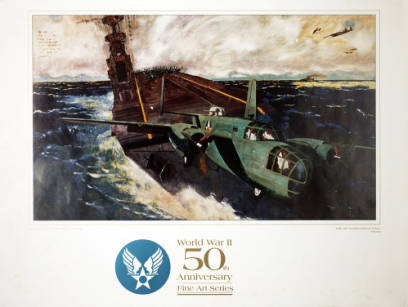


Military Poster Print Take Off Doolittle Pritzker Military Museum Library Chicago



Terror In Tokyo The Overview Japanese Police Raid The Offices Of A Sect Linked To Poison Gas The New York Times
Key Point The Doolittle Raid shocked Imperial Japan and boosted American morale shortly after the attack on Pearl Harbor The attack has gone down as a prime example of outside the box military thinking President Franklin D Roosevelt sat in his White House study, an aging leader suddenly appearing older and wearierThe Doolittle Raiders were particularly adept in this role from their training at Eglin Field near Pensacola, Florida, and subsequent Tokyo Raid experience Initial Troubles with the 'Widow Maker'On the night of March 9, 1945, US warplanes launch a new bombing offensive against Japan, dropping 2,000 tons of incendiary bombs on Tokyo over the course of the next 48 hours



Gmt Games The Doolittle Raid Enemy Coast Ahead Tokyo Raid 1942 For Sale Online Ebay



Notes On People Doolittle Joins Survivors Of Tokyo Raid For A Reunion The New York Times



The Dootittle Raid On Tokyo 18th April 1942 Survivors Of The Bombing Mission Who Made It To China Photographic Print Art Com In 21 Wwii Doolittle Raiders Military History



Bombing Of Tokyo 10 March 1945 Wikipedia
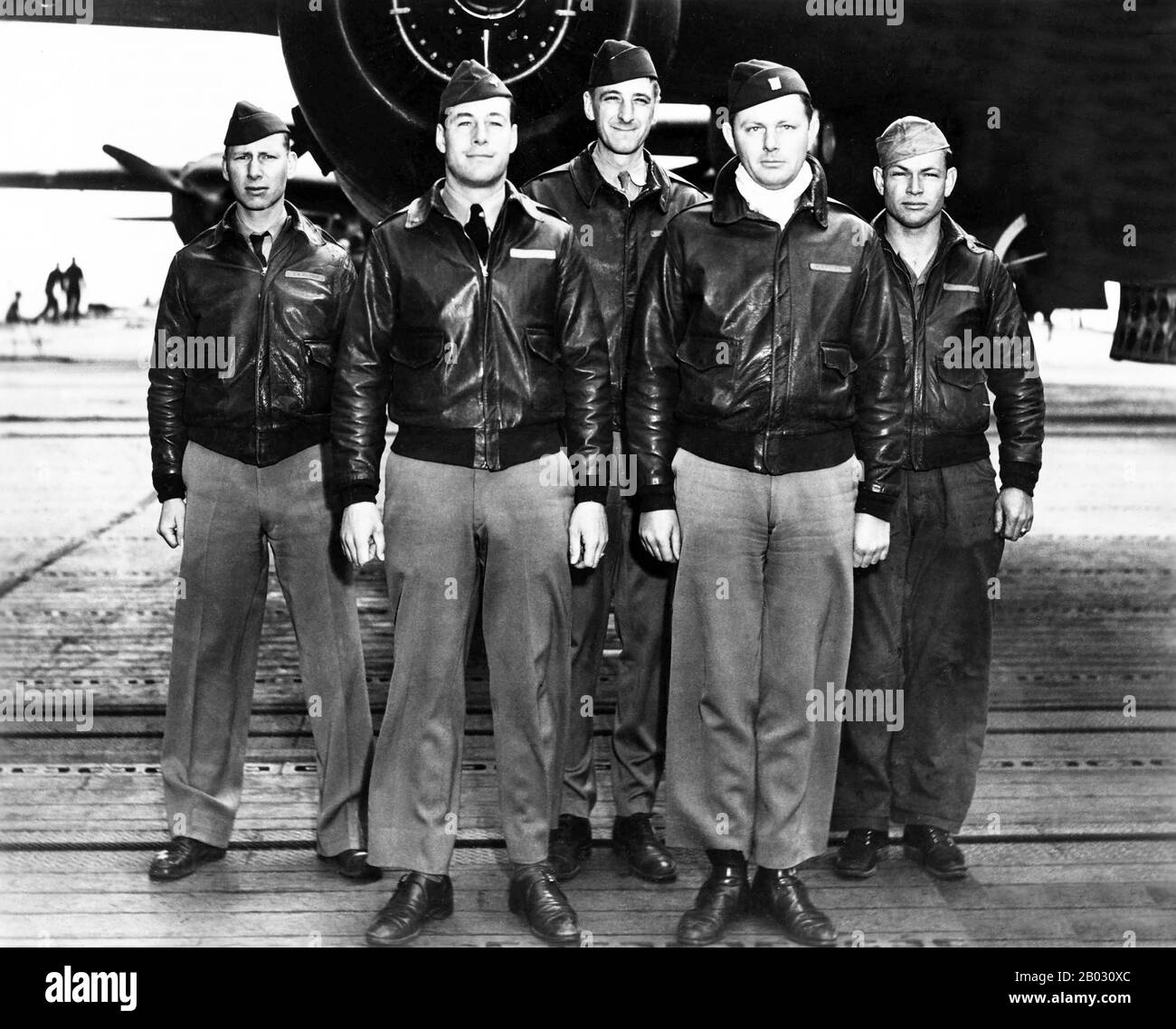


The Doolittle Raid Also Known As The Tokyo Raid On 18 April 1942 Was An Air Raid By The United States On The Japanese Capital Tokyo And Other Places On Honshu Island
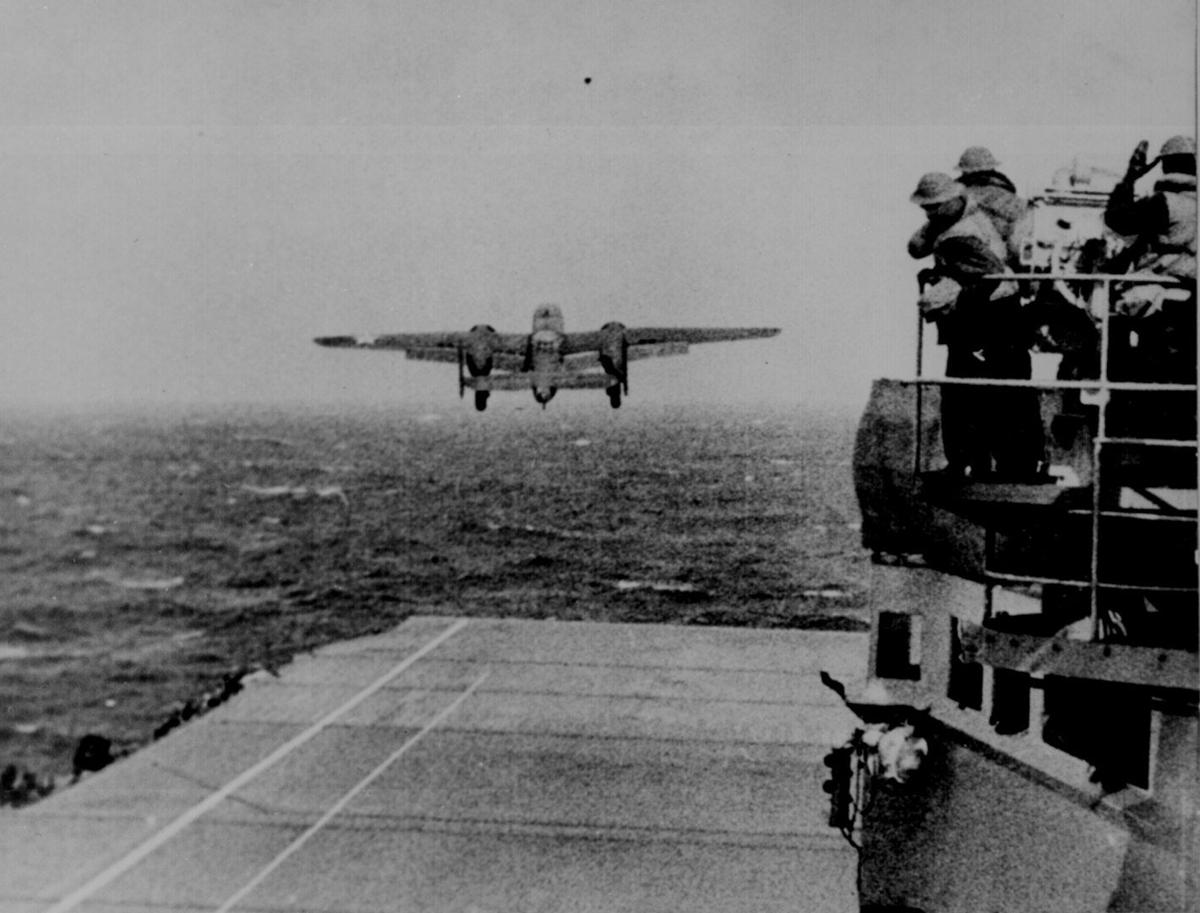


On Doolittle S Raid Pierre Man Set Course For Tokyo In Ww Ii Local News Stories Capjournal Com



The Untold Story Of The Vengeful Japanese Attack After The Doolittle Raid History Smithsonian Magazine
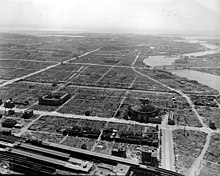


Bombing Of Tokyo Wikipedia
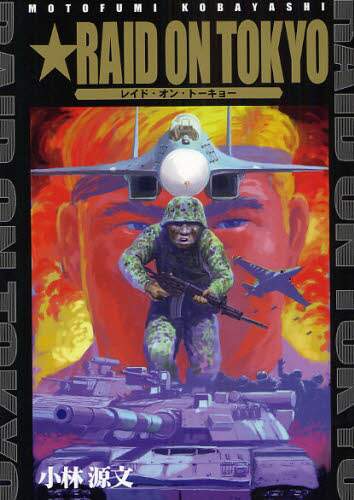


Raid On Tokyo 58 Off Tokyo Otaku Mode



4 Unsolved Mysteries Of The Jimmy Doolittle Raid On Tokyo



History S Deadliest Air Raid Happened In Tokyo During World War Ii And You Ve Probably Never Heard Of It Cbs46 Com



The Doolittle Raid America S Daring First Strike Against Japan Glines Carroll V Amazon Com Books
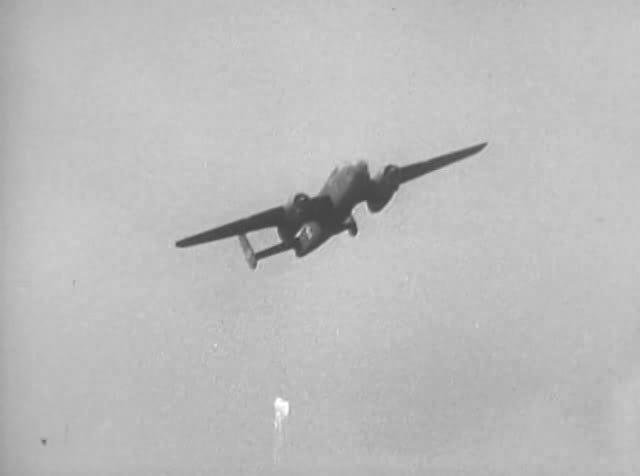


File Doolittle Raid Over Tokyo Ogv Wikipedia
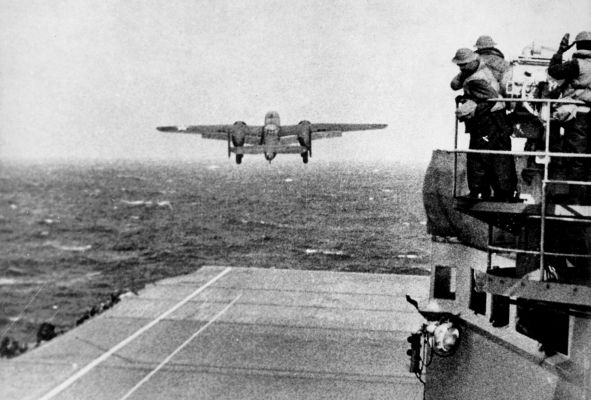


Doolittle Raid



1940s Newsreel Story Doolittle Stock Footage Video 100 Royalty Free Shutterstock



1942 Doolittle Raid Of Japan Rarenewspapers Com



Great Tokyo Air Raid Photos And Premium High Res Pictures Getty Images



Marshall Islands Scott 306 Nh W40 Ww Ii War Doolittle Tokyo Raid Free Usa Ship Ebay



Book Review Target Tokyo By James M Scott Wsj



52 Doolittle Raid On Tokyo Photos And Premium High Res Pictures Getty Images



The Doolittle Raid Tokyo Raid April1942 History Of World War Ii Youtube
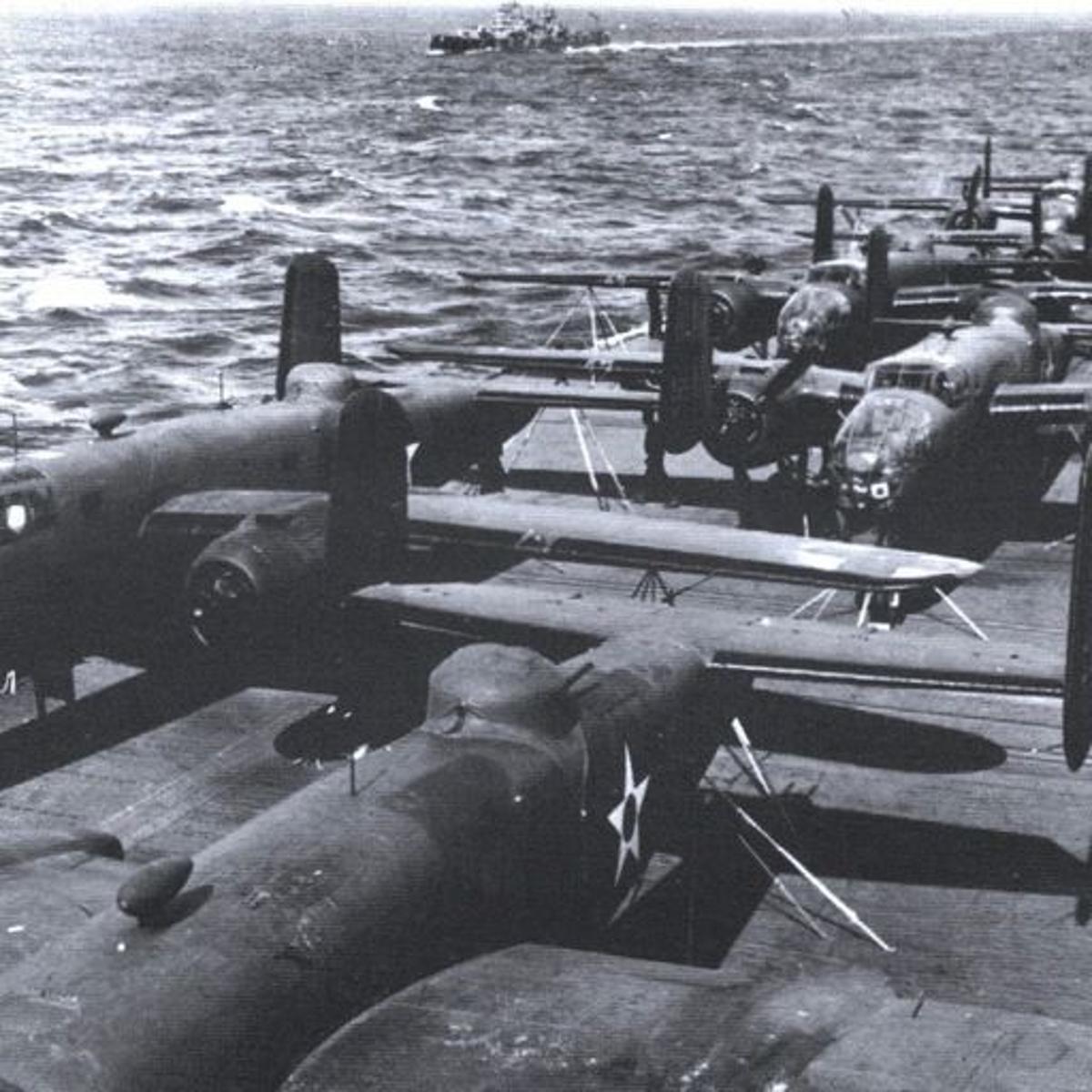


Tokyo Raid Raised Dwindling Spirits Lifestyles Dailyitem Com



November 24 On This Day In 1944 100 B 29s Rip Tokyo In Pre Invasion Raid



The Doolittle Raid On Tokyo 18th April 1942 A B 25 Over The Rooftops Of Tokyo Amid Gunfire 1942 Doolittle Raid Doolittle Raiders Raid


Last Doolittle Raider 101 Recalls Attack 75 Years Later



Bombing Of Tokyo World War Ii Britannica



Doolittle Raid Wikipedia
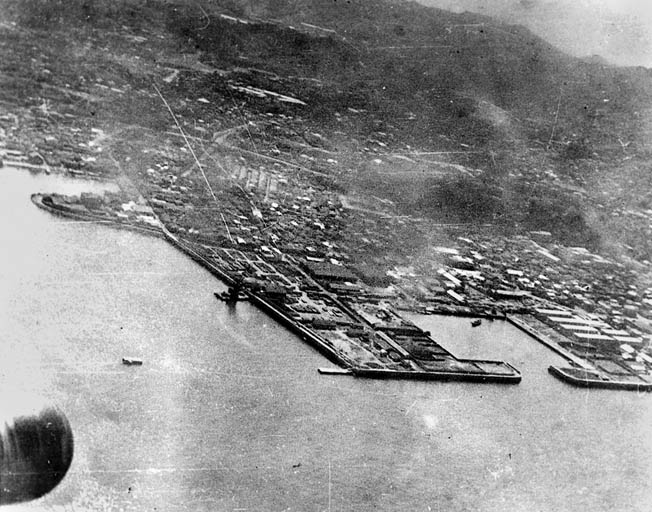


4 Unsolved Mysteries Of The Jimmy Doolittle Raid On Tokyo
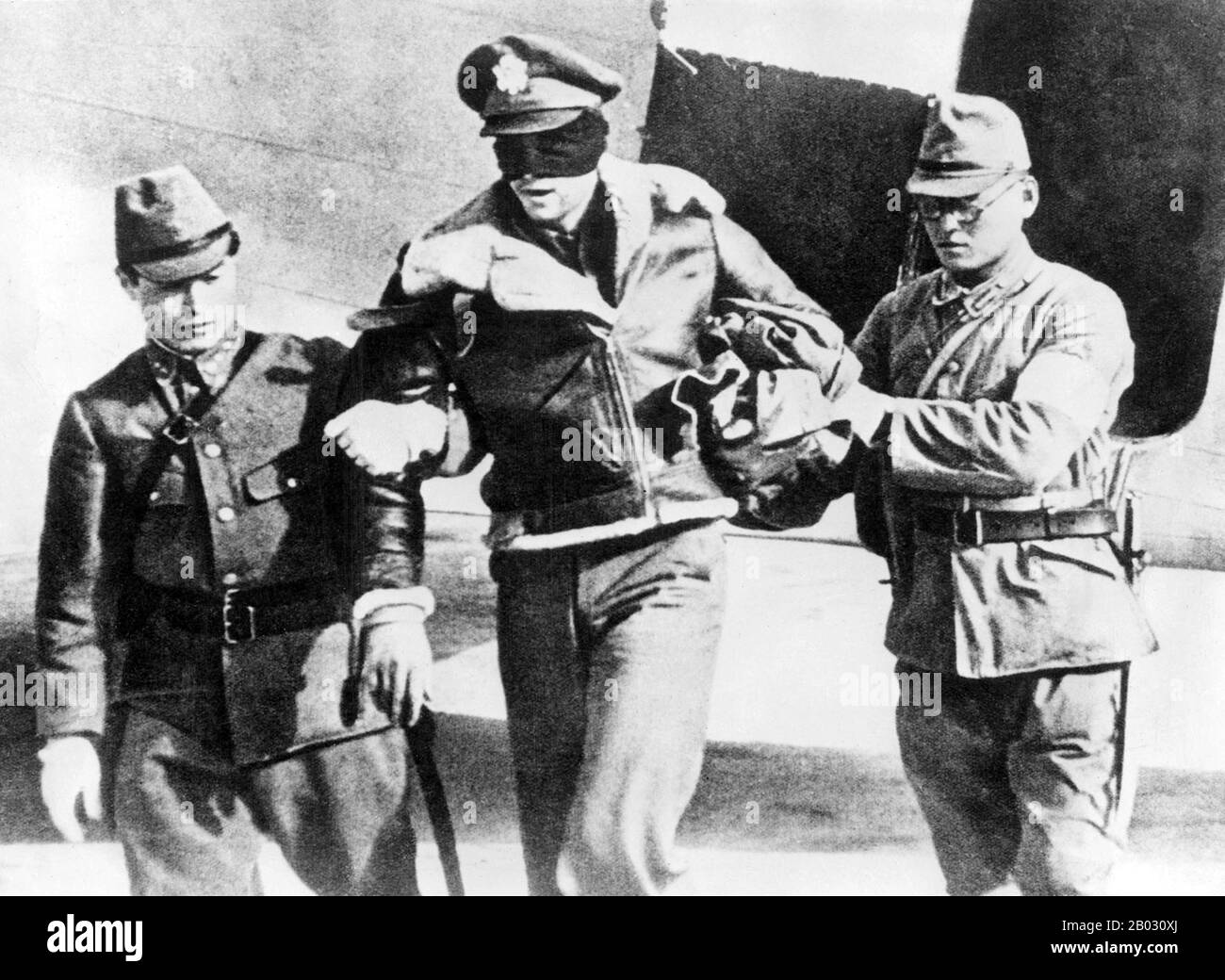


The Doolittle Raid Also Known As The Tokyo Raid On 18 April 1942 Was An Air Raid By The United States On The Japanese Capital Tokyo And Other Places On Honshu Island



Bombing Of Tokyo Wikipedia



Enemy Coast Ahead The Doolittle Raid Tokyo 1942 Game Nerdz



George Barr 50 In Raid On Tokyo Doolittle Attack Navigator Dies At Air Force Base The New York Times



Marshall Islands Scott 306 Doolittle Raid On Tokyo 1942 World War Ii Mnh Ebay



Amazon Com The Doolittle Raid The History And Legacy Of The First American Attack On Tokyo During World War Ii Audible Audio Edition Charles River Editors Robert Slone Charles River Editors Audible Audiobooks
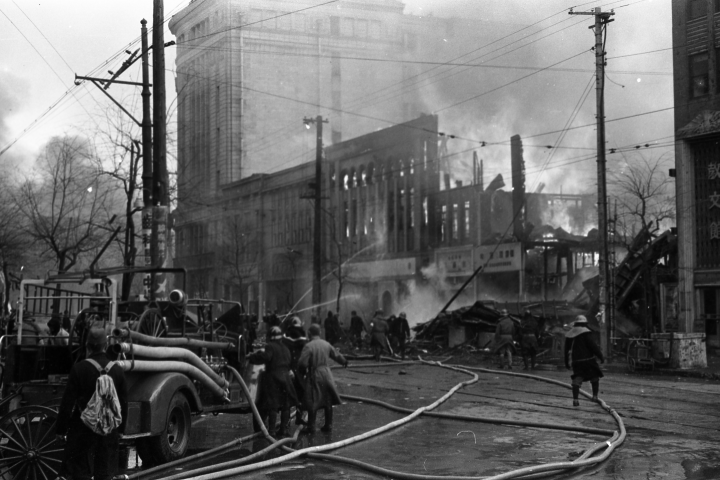


A Forgotten Horror The Great Tokyo Air Raid Time Com



The Untold Story Of The Vengeful Japanese Attack After The Doolittle Raid History Smithsonian Magazine
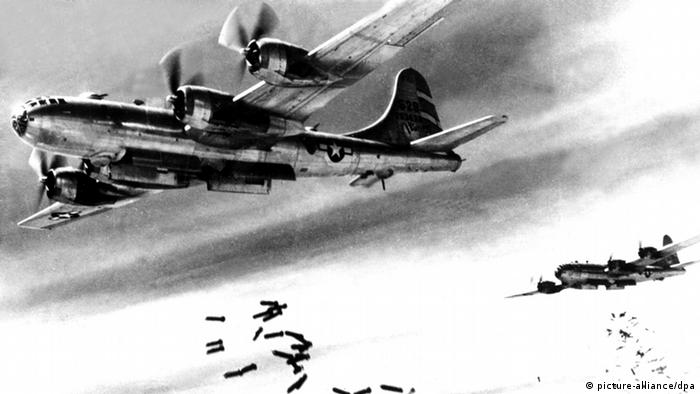


Tokyo Firebombing Survivors Recall Most Destructive Air Raid In History Asia An In Depth Look At News From Across The Continent Dw 06 03 15
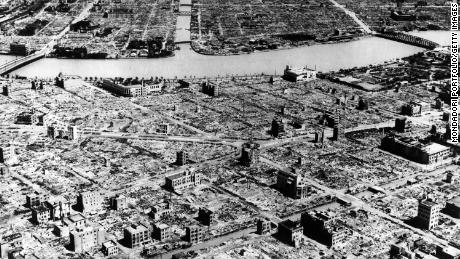


History S Deadliest Air Raid Happened In Tokyo During World War Ii And You Ve Probably Never Heard Of It Cnn
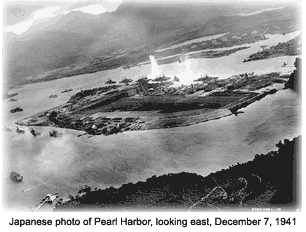


Doolittle S Raid On Tokyo
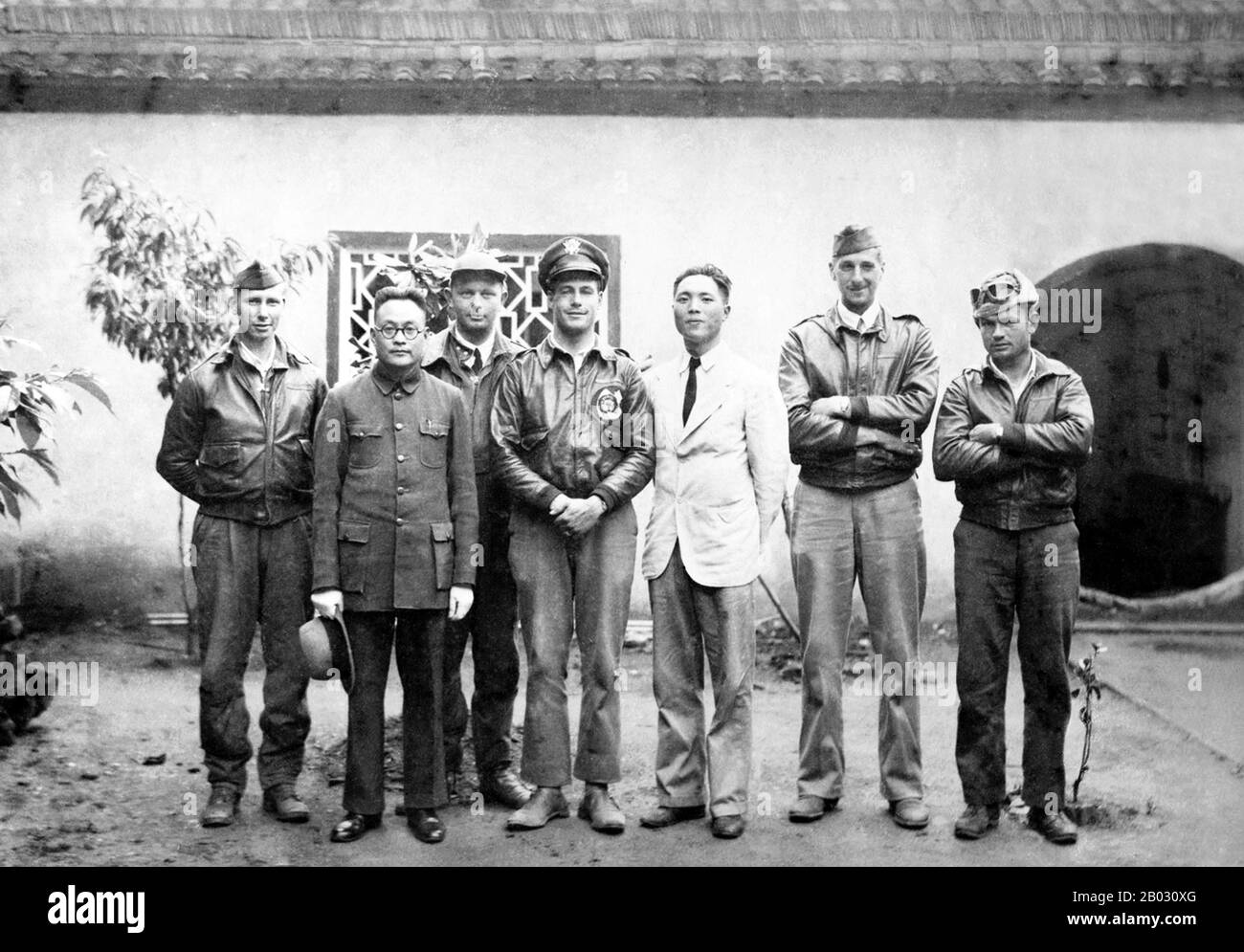


The Doolittle Raid Also Known As The Tokyo Raid On 18 April 1942 Was An Air Raid By The United States On The Japanese Capital Tokyo And Other Places On Honshu Island



Jimmy Doolittle And The Tokyo Raiders Strike Japan During World War Ii



Doolittle Raid Glines Carroll V Amazon Com Books



The Doolittle Raid America S Daring First Strike Against Japan Glines Carroll V Amazon Com Books



Doolittle Tokyo Raid Set Revell Monogram 85 6864 01
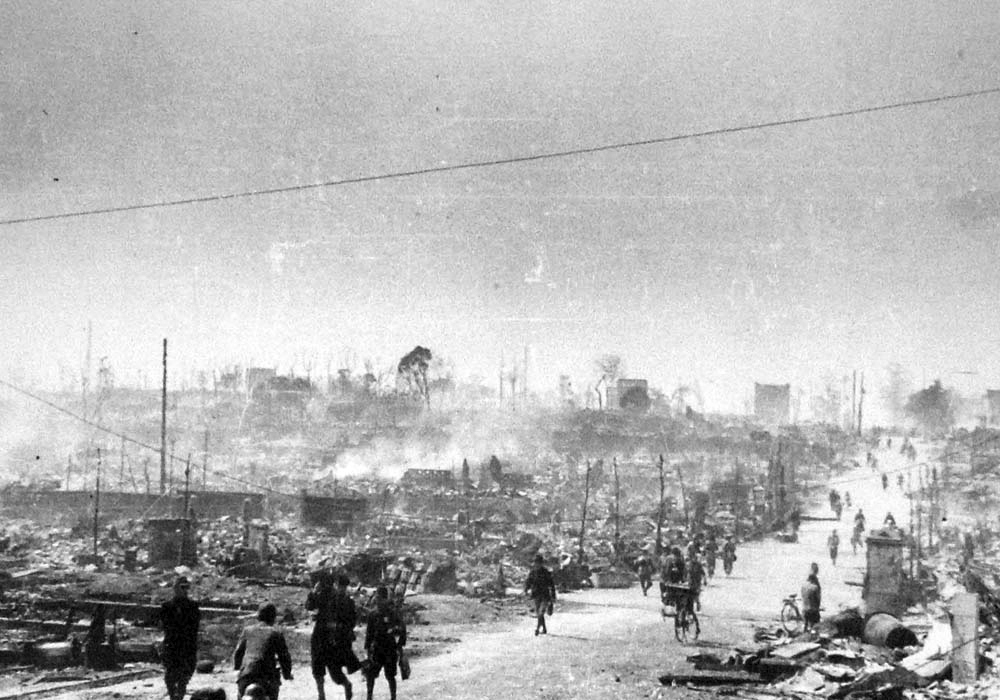


Bombing Of Tokyo 10 March 1945 Wikipedia
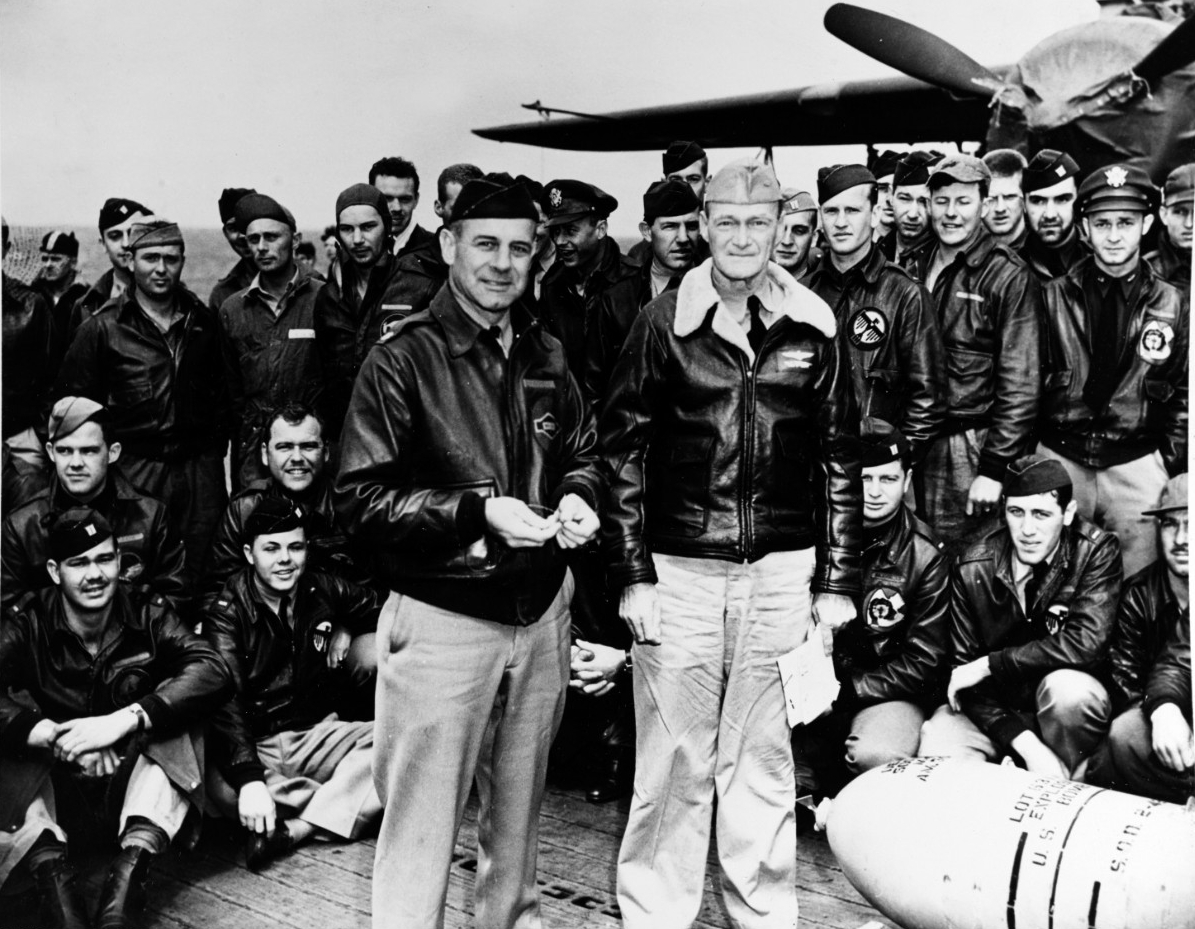


Doolittle Raid


Bombers Over Tokyo The Strategic Importance Of Doolittle S Raid



The Doolittle Raid Air Education And Training Command News
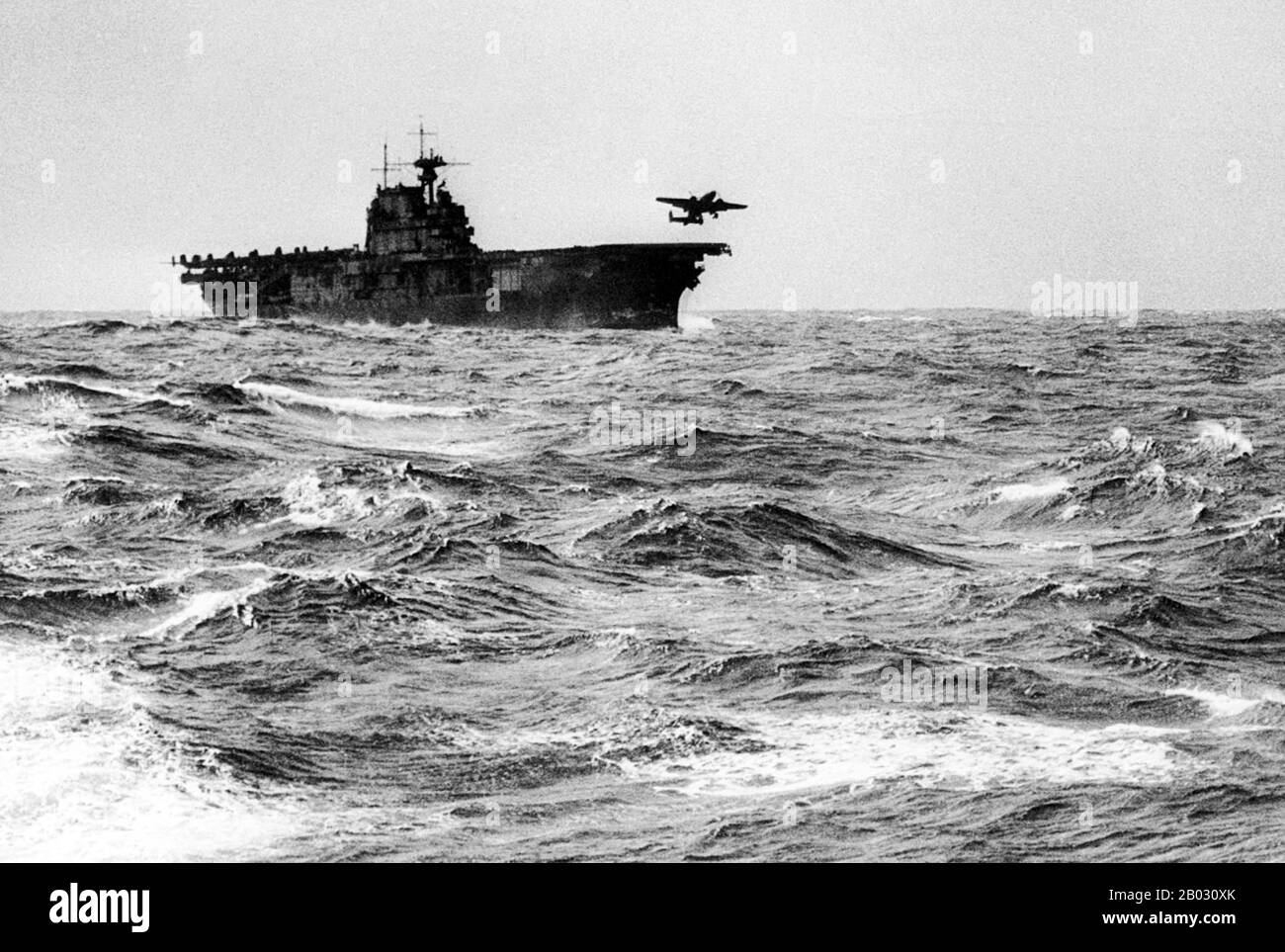


The Doolittle Raid Also Known As The Tokyo Raid On 18 April 1942 Was An Air
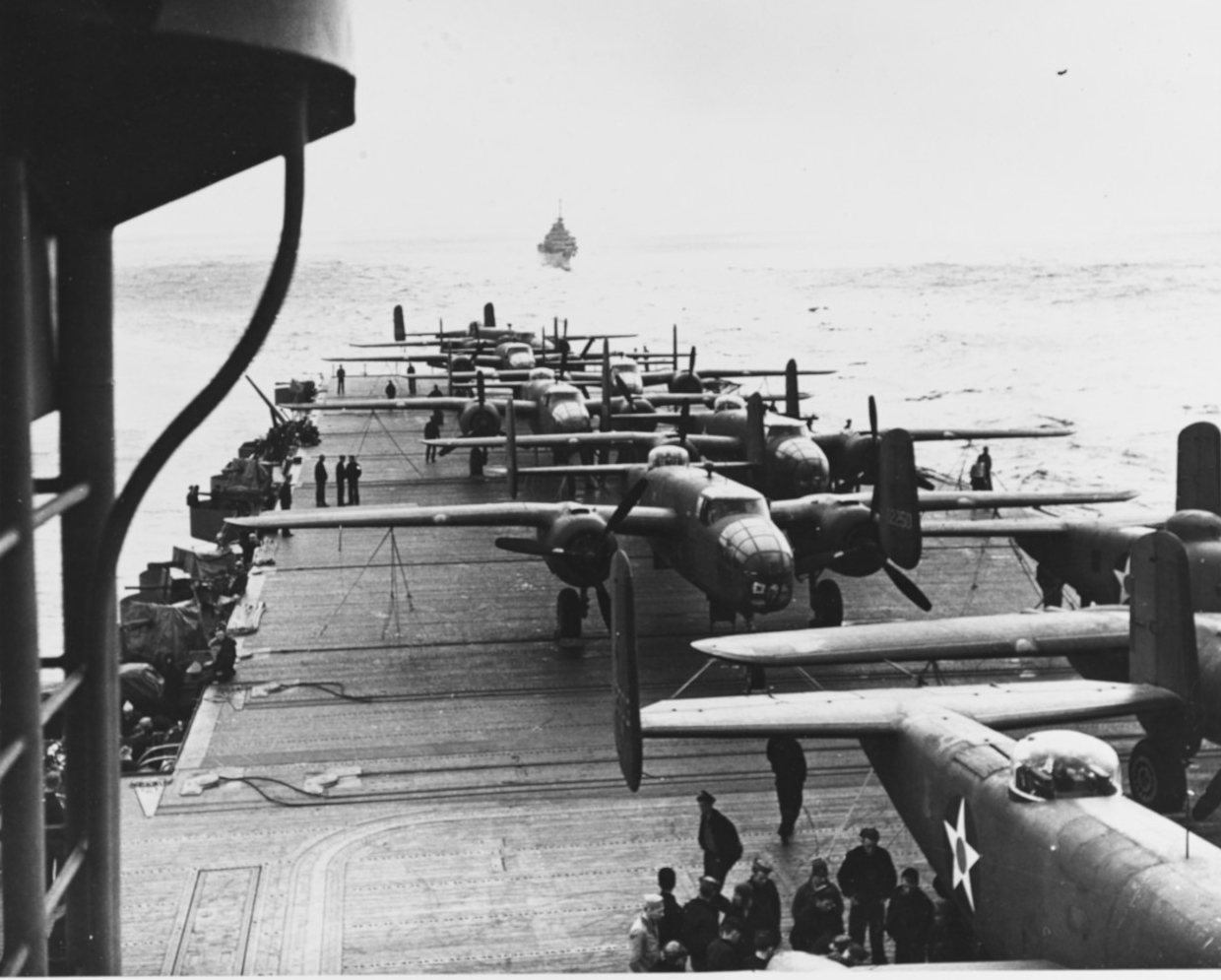


Doolittle Raid



History S Deadliest Air Raid Happened In Tokyo During World War Ii And You Ve Probably Never Heard Of It Cbs46 Com



The Great Tokyo Air Raid And The Bombing Of Civilians In World War Ii The Asia Pacific Journal Japan Focus



The Doolitte Raid On Tokyo 1942 The Us Strikes Back Battle 360 History Youtube
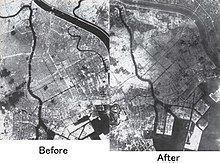


Bombing Of Tokyo Wikipedia



Setting The Paper Cities Of Japan Aflame 75 Years Later The Great Tokyo Air Raid Of March 10 1945 Remains The Deadliest Six Hours In History The Raucous Rooster
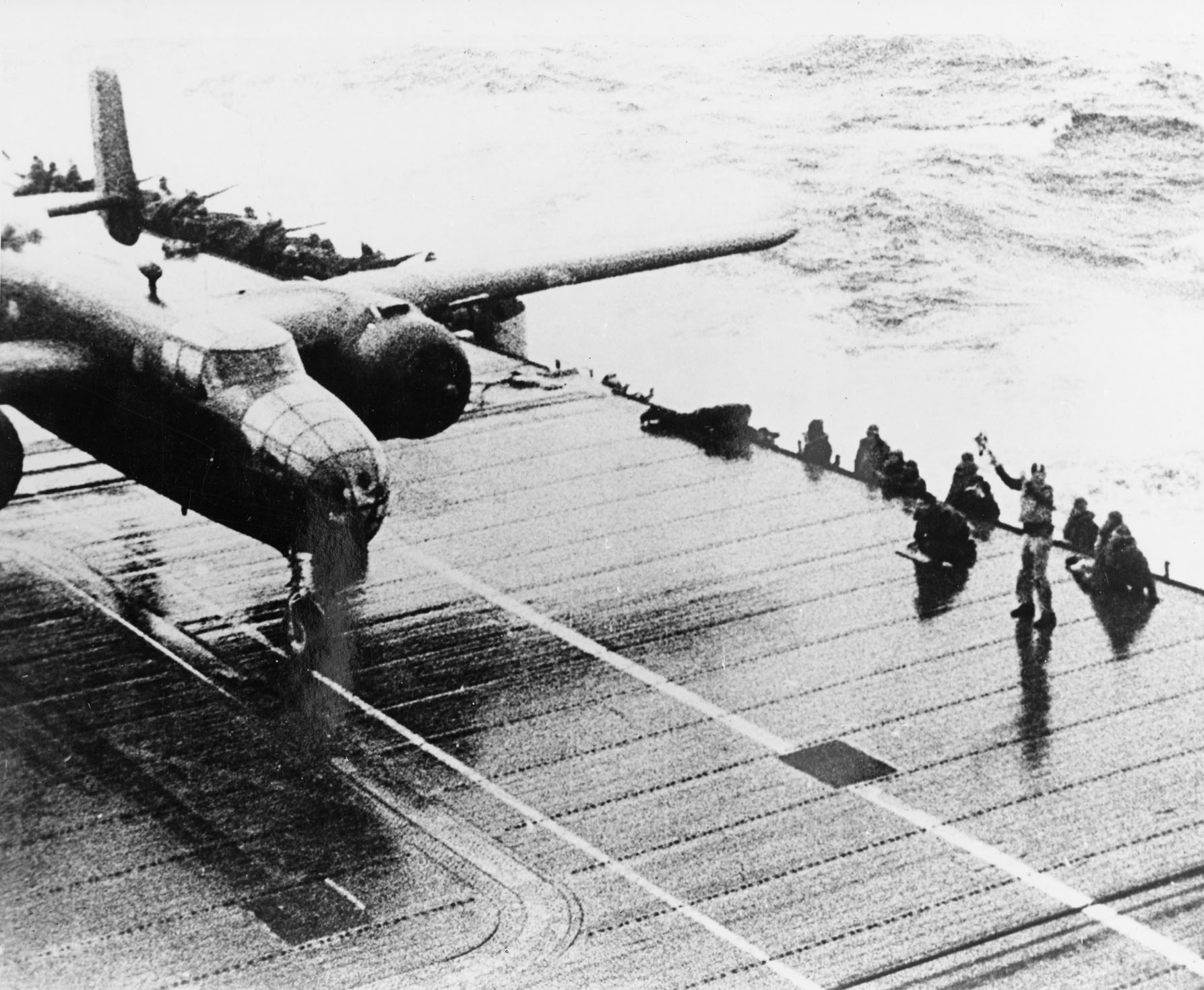


Doolittle Raid National Museum Of The United States Air Force Display



Center Preserves Wartime Memory Of The Great Tokyo Air Raid Pacific Stripes
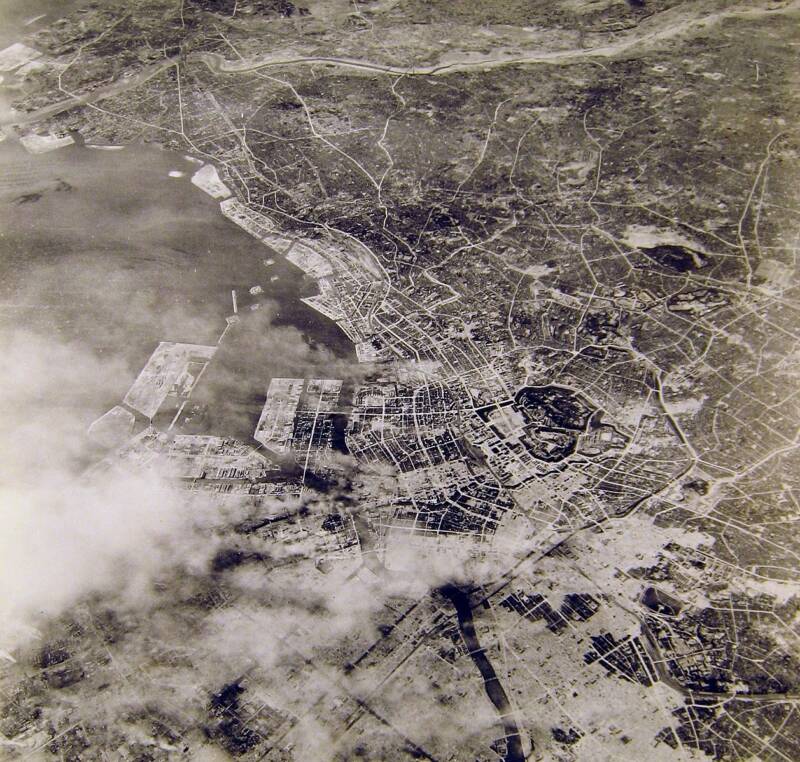


Why The Firebombing Of Tokyo Was History S Deadliest Air Raid



November 24 1944 Tokyo Is Bombed For The 1st Time Since Doolittle Raid



First Blow At Japan S Heart A Pilot S Own Story Of His Part In The Doolittle Raid On Tokyo The New York Times
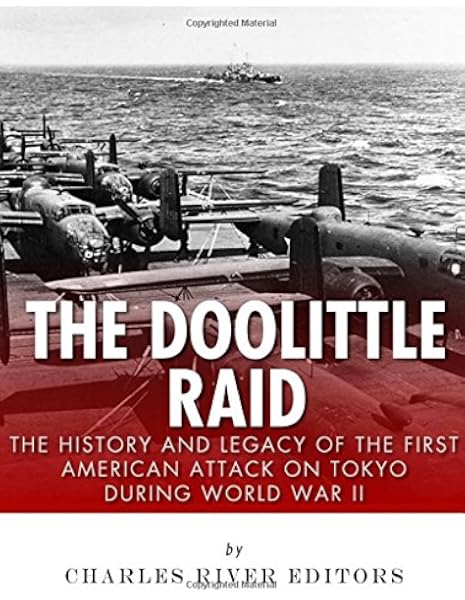


The Doolittle Raid The History And Legacy Of The First American Attack On Tokyo During World War Ii Charles River Editors Amazon Com Books



Ten Thousand Things The Great Tokyo Air Raid Through Drawings
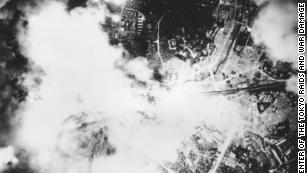


History S Deadliest Air Raid Happened In Tokyo During World War Ii And You Ve Probably Never Heard Of It Cnn
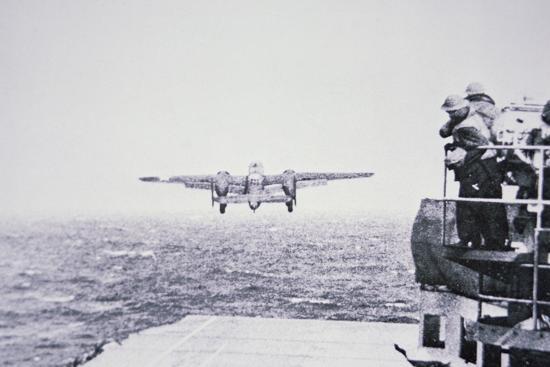


The Doolittle Raid On Tokyo 18th April 1942 One Of 16 B 25 Bombers Leaves The Deck Of Uss Hornet Photographic Print American Photographer Art Com
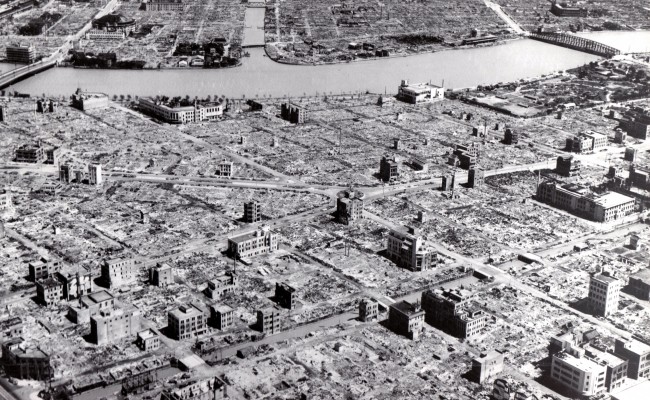


Air Raids On Japan In World War Two History



52 Doolittle Raid On Tokyo Photos And Premium High Res Pictures Getty Images



The Untold Story Of The Vengeful Japanese Attack After The Doolittle Raid History Smithsonian Magazine



Great Tokyo Air Raid Photos And Premium High Res Pictures Getty Images



March 9 1945 Burning The Heart Out Of The Enemy Wired


Tokyo Wwii Firebombing The Single Most Deadly Bombing Raid In History Remembered 70 Years On Abc News
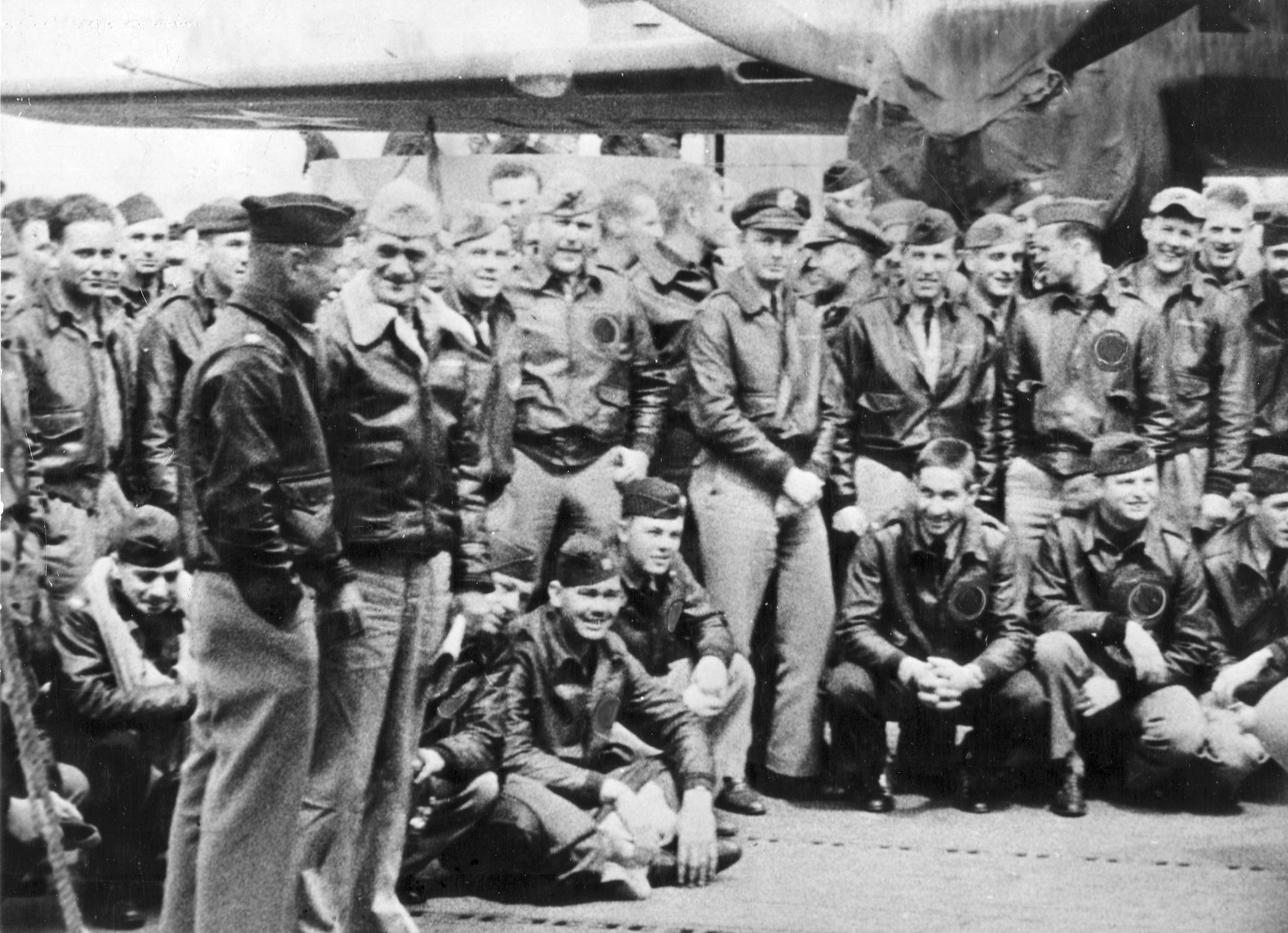


Bombers Over Tokyo The Strategic Importance Of Doolittle S Raid
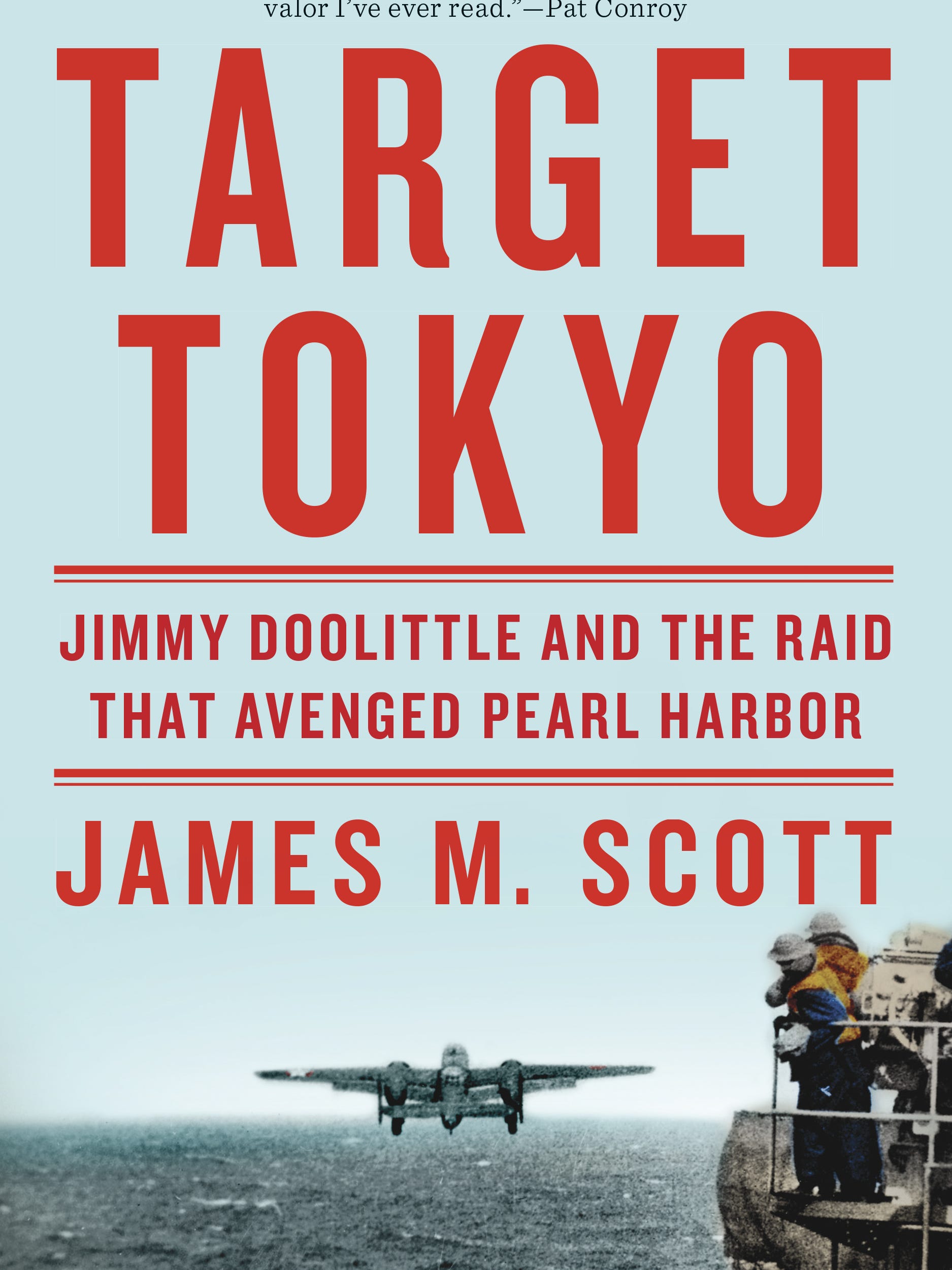


Author James Scott Describes Heroics Of Jimmy Doolittle S World War Ii Raid


1942 Doolittle Raid On Tokyo Colorado Magazine Online



Raid On Tokyo Raid On Tokyo Part 1 Doujin Suruga Ya Com
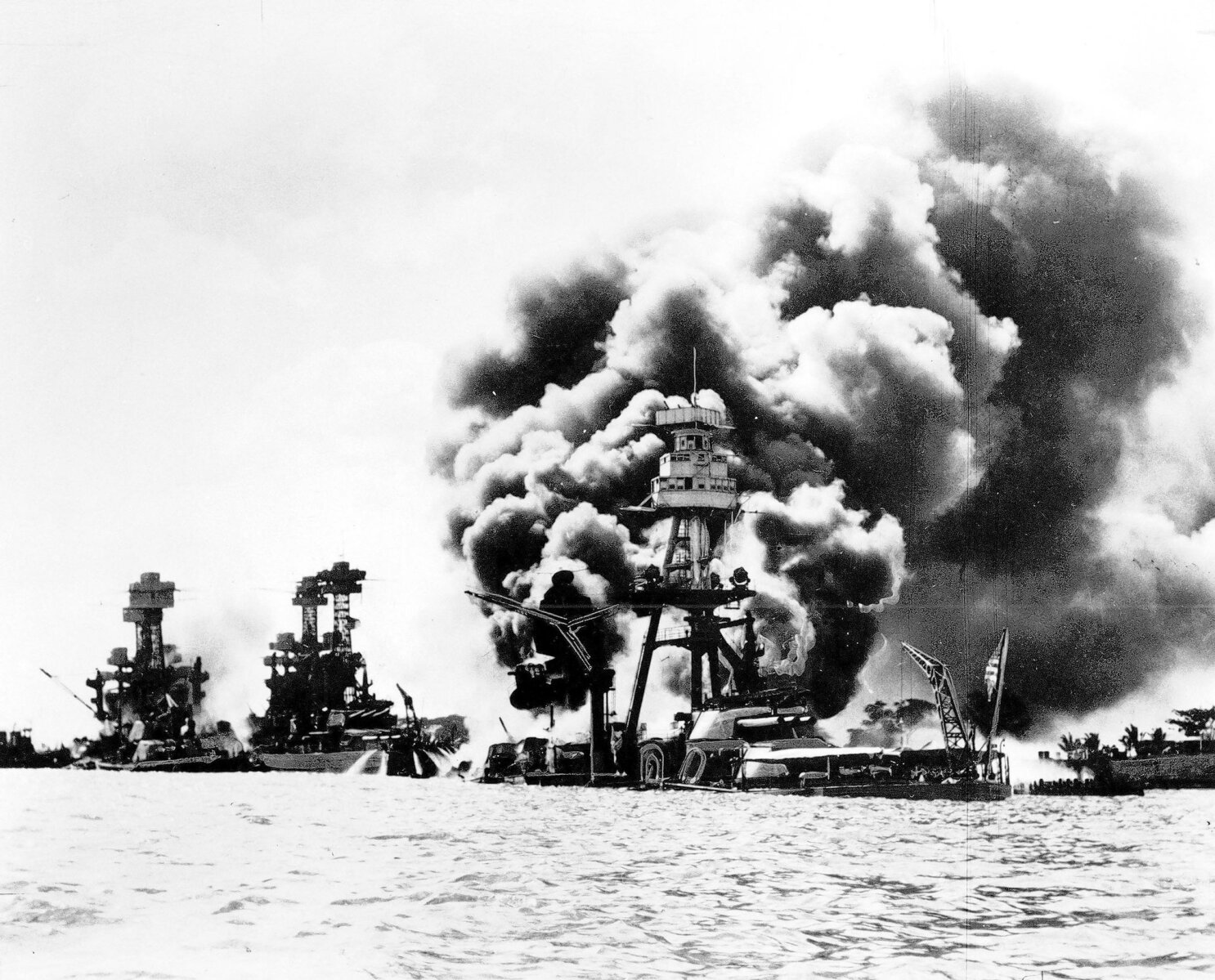


Doolittle Raid Story Told With Depth Detail The San Diego Union Tribune



Was Tokyo Bombed In Ww2 The Tokyo Files Answers 東京ファイル Q A


